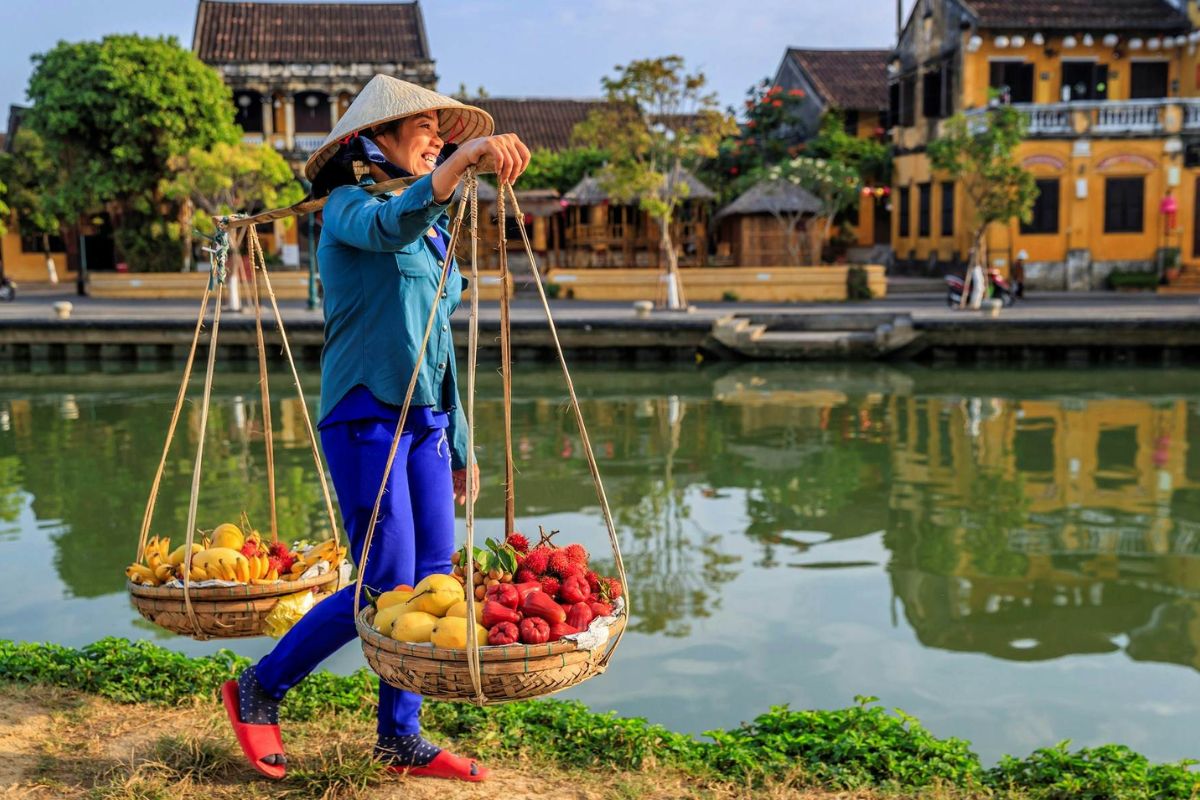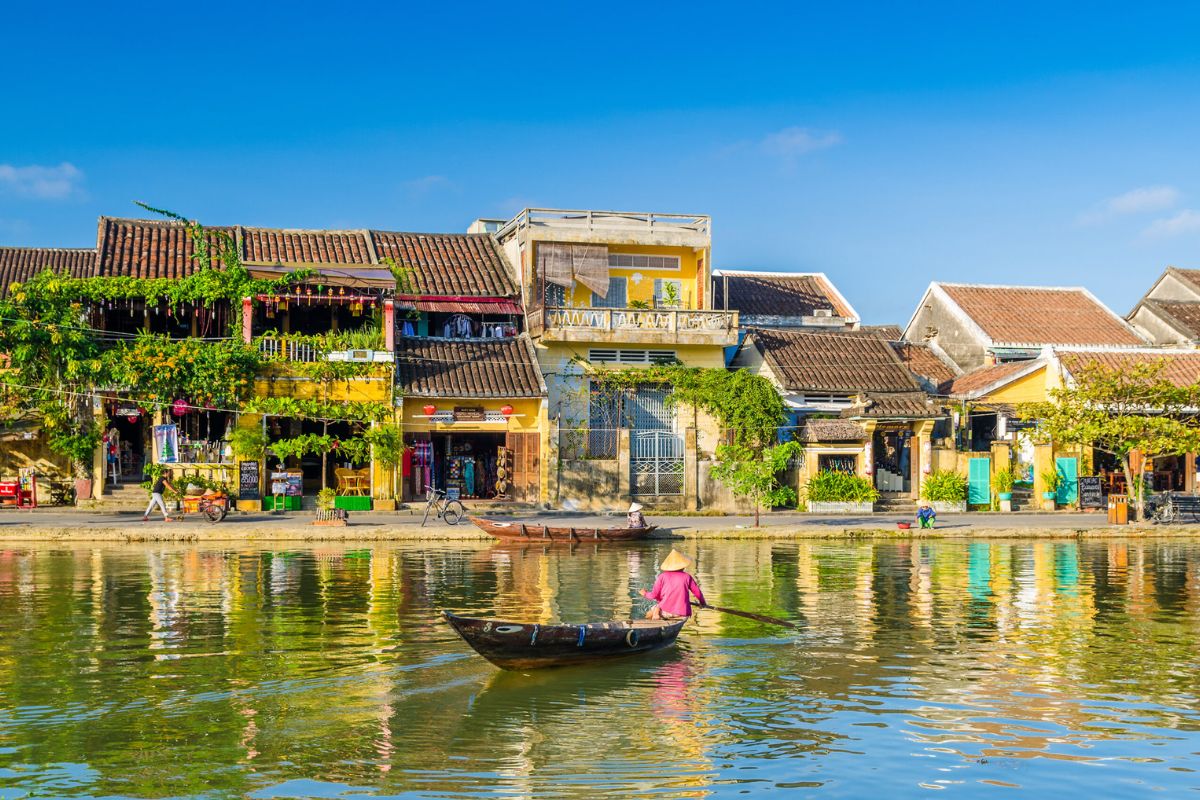TABLE OF CONTENT

When it comes to experiencing the enchanting landscapes, rich culture, and vibrant traditions of Vietnam, timing is key. Understanding the best time to visit Vietnam can greatly enhance your travel experience, allowing you to make the most of what this captivating country has to offer. Whether you’re drawn to the bustling streets of Hanoi, the serene beauty of Ha Long Bay, or the ancient charm of Hoi An, choosing the ideal time to visit Vietnam can make all the difference in your journey.
Climate and weather patterns in Vietnam
To know the best time to visit Vietnam, we need to understand the climate here. Vietnam’s climate is diverse and varied, characterized by three distinct regions: North, Central, and South. In the northern part of the country, including cities like Hanoi and the mountainous region of Sapa, there are four distinct seasons. Winters are cool and dry, with temperatures occasionally dropping below 10°C (50°F), especially in the mountainous areas. Spring and autumn are characterized by mild temperatures and low humidity, making them popular times to visit for pleasant weather and blooming landscapes. Summers are hot and humid, with temperatures often exceeding 30°C (86°F) and occasional heavy rainfall.
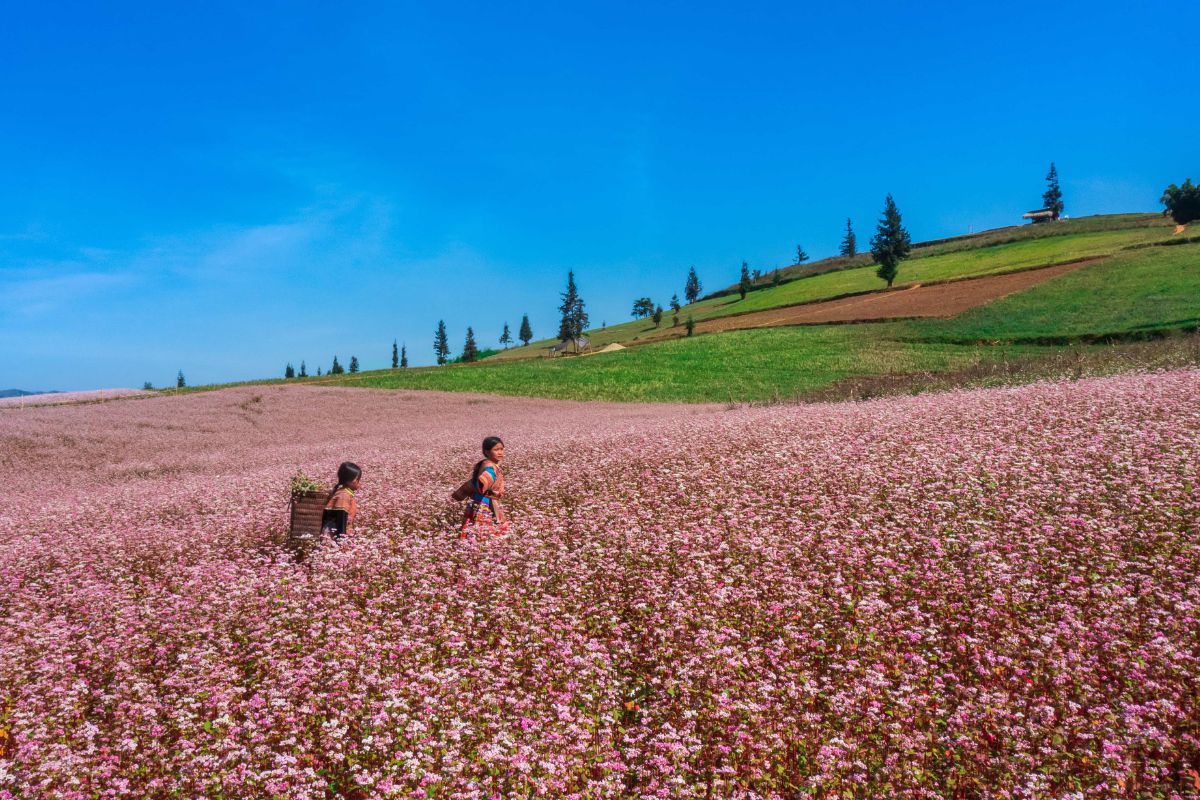
Central Vietnam experiences a tropical climate with less variation in temperature throughout the year. Cities like Hue, Da Nang, and Hoi An enjoy warm temperatures year-round, with average highs ranging from 25°C to 35°C (77°F to 95°F). The region is prone to typhoons, particularly from September to December, which can bring heavy rain and strong winds. However, outside of the typhoon season, central Vietnam offers visitors a pleasant climate for exploring its stunning beaches, historic sites, and vibrant culture.
In southern Vietnam, which includes Ho Chi Minh City and the Mekong Delta, the climate is consistently tropical throughout the year. Temperatures range from 25°C to 35°C (77°F to 95°F) with minimal variation. The region experiences two distinct seasons: the wet season from May to November, characterized by frequent rainfall and lush landscapes, and the dry season from December to April, offering clear skies and ideal conditions for exploration. The dry season is particularly popular among tourists due to its sunny days and lower humidity levels.
>> Explore more: When is the best time to go to Vietnam for weather?
Peak tourist seasons
Like many popular tourist destinations, Vietnam has peak tourist seasons that coincide with favorable weather conditions. The best time to visit Vietnam is typically during the dry season, which runs from November to April. This period offers pleasant temperatures and minimal rainfall, making it ideal for exploring the country’s outdoor attractions and cultural sites. However, it’s essential to note that this is also the busiest time of year for tourism, resulting in larger crowds and higher prices for accommodations and attractions.
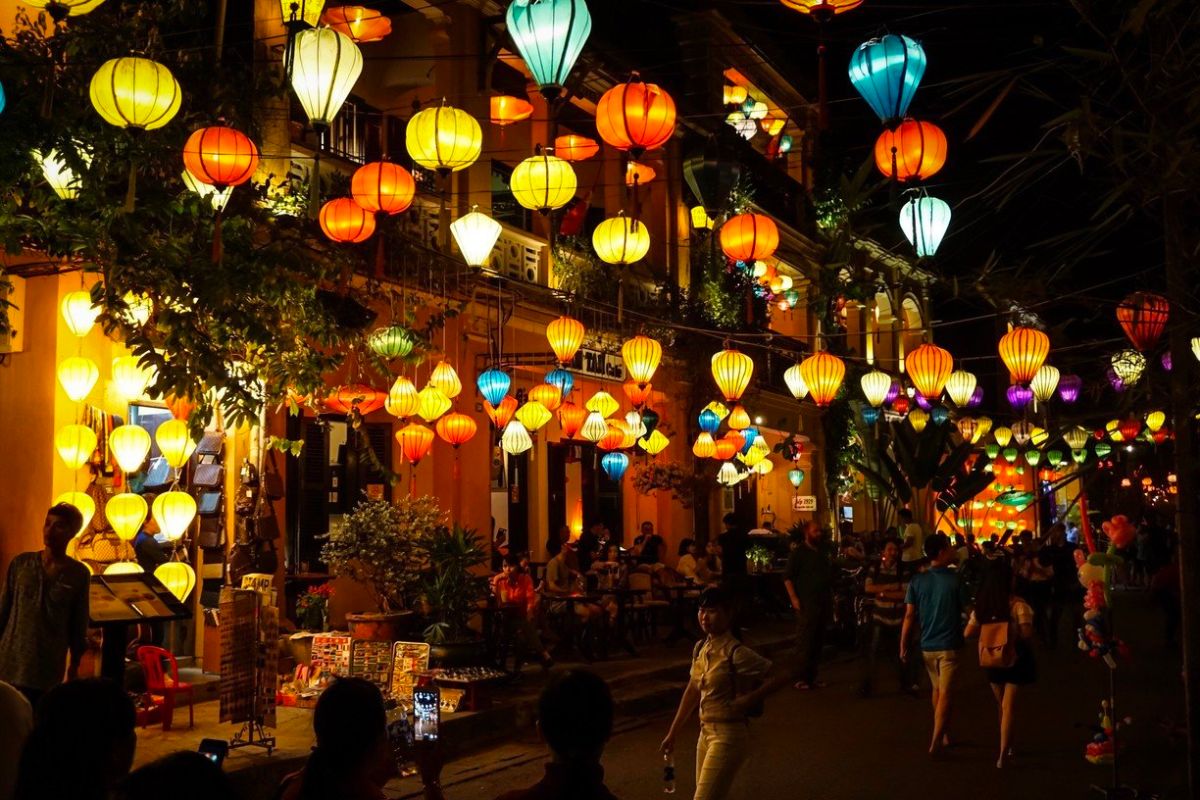
On the other hand, the coolest time to visit Vietnam is during the winter months, from December to February. While temperatures in the north can drop significantly during this time, central and southern Vietnam enjoy milder weather, making it a comfortable time to explore these regions without the sweltering heat of summer. Additionally, visiting during the cooler months can offer a reprieve from the crowds typically seen during the peak tourist season, allowing for a more relaxed and enjoyable travel experience.
Best time to visit Vietnam by region
Northern Vietnam
The best month to visit Vietnam if you choose the north as your destination, which includes cities like Hanoi and the mountainous region of Sapa, varies depending on your preferences. Spring, particularly March and April, is considered the ideal time to visit. During these months, the weather is mild and pleasant, with blooming flowers and lush greenery adding to the region’s charm. This is the best time to visit Northern Vietnam because it is when traditional festivals such as Tet (Vietnamese Lunar New Year) take place, giving visitors a unique cultural experience.
Alternatively, autumn, particularly September to November, is another excellent time to visit northern Vietnam. During these months, the weather is cooler and drier with clear skies, making it perfect for outdoor activities such as trekking in the mountains of Sapa or cruising on Ha Long Bay.
Central Vietnam
Central Vietnam, including destinations like Hue, Da Nang, and Hoi An, experiences its peak tourist season from February to April. This period offers dry weather and comfortable temperatures, making it ideal for exploring the region’s historical sites, stunning beaches, and vibrant culture. Additionally, this is a great time to visit Hue to experience its famous Huong River Festival, which typically takes place in April.
However, if you prefer fewer crowds, consider visiting during the shoulder seasons of September to November or May to July. During these periods, the weather is still favorable, but tourist numbers are lower, allowing for a more relaxed and enjoyable travel experience.
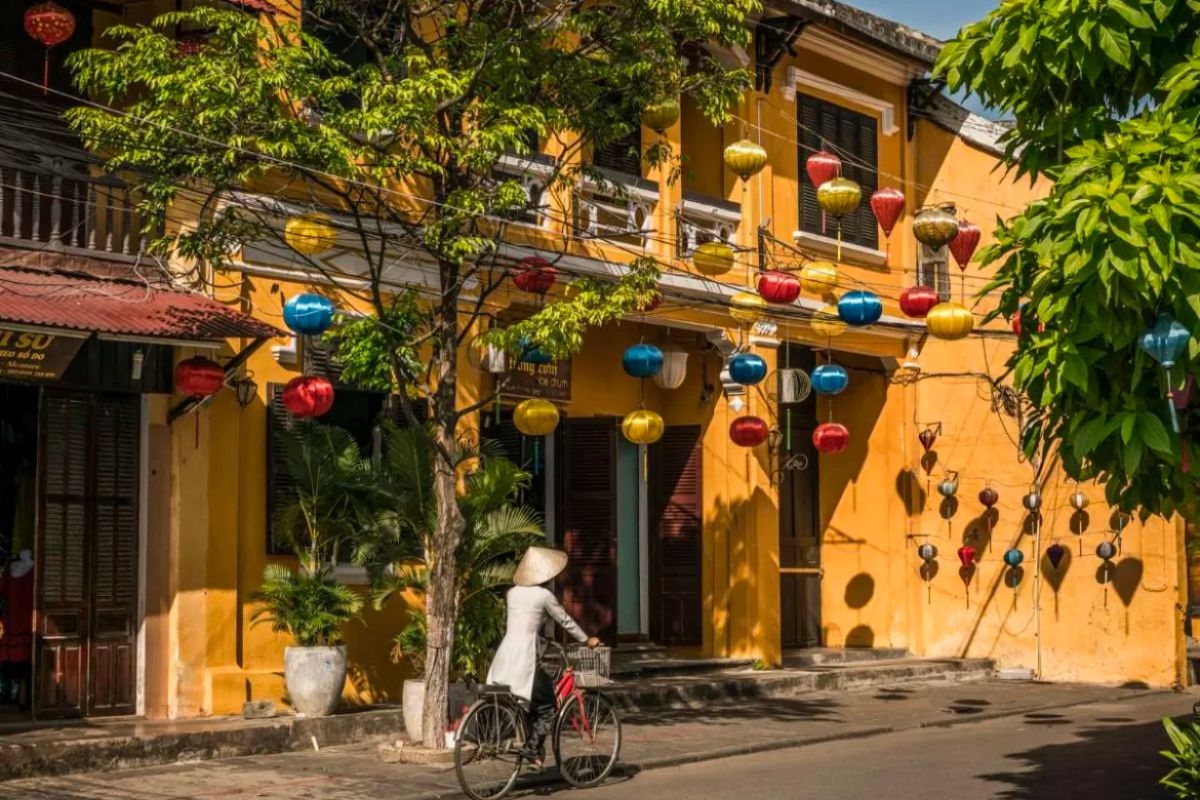
Southern Vietnam
The best weather time to visit Vietnam, particularly southern Vietnam, is during the dry season, which runs from December to April. During this period, the weather is hot and humid, but rainfall is minimal, offering clear skies and ideal conditions for exploration. This is a great time to explore Ho Chi Minh City’s bustling streets, visit the floating markets of the Mekong Delta, or relax on the beaches of Phu Quoc or Vung Tau.
For those looking to experience the vibrant culture of southern Vietnam, consider planning your visit during the Tet holiday in January or February, when the streets come alive with festive celebrations.
Overall, by considering the climate and weather patterns of each region, tourists can plan their trip to Vietnam to coincide with the best time to visit Vietnam and its natural beauty.
>> Explore more: Vietnam Travel Guide – What To Know Before Your Journey
Special Considerations
In addition to weather considerations, there are other factors to keep in mind when planning your trip to Vietnam, encompassing cultural events, festivals, and outdoor activities that offer unique experiences for travelers.
Cultural events and festivals
Cultural events and festivals play a significant role in Vietnamese life and provide a rich tapestry of traditions to explore. From the colorful lantern festivals of Hoi An to the vibrant dragon boat races of Hue, there are countless opportunities to immerse yourself in the country’s cultural heritage.
One of the most iconic festivals is Tet, Vietnam’s Lunar New Year celebration, which typically falls in late January or early February. During Tet, the streets are adorned with decorative lights, and families gather to celebrate with feasts, fireworks, and traditional rituals.
Other notable festivals include the Mid-Autumn Festival, where children parade with lanterns, and the Hung Kings Temple Festival, which honors Vietnam’s legendary founders. These cultural events offer insights into Vietnamese customs, beliefs, and traditions, providing a deeper understanding of the country’s cultural identity.
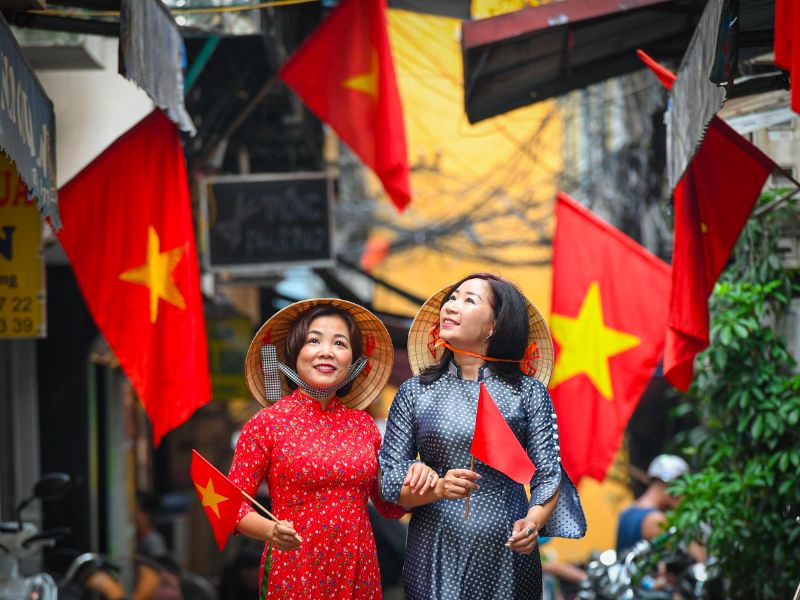 |
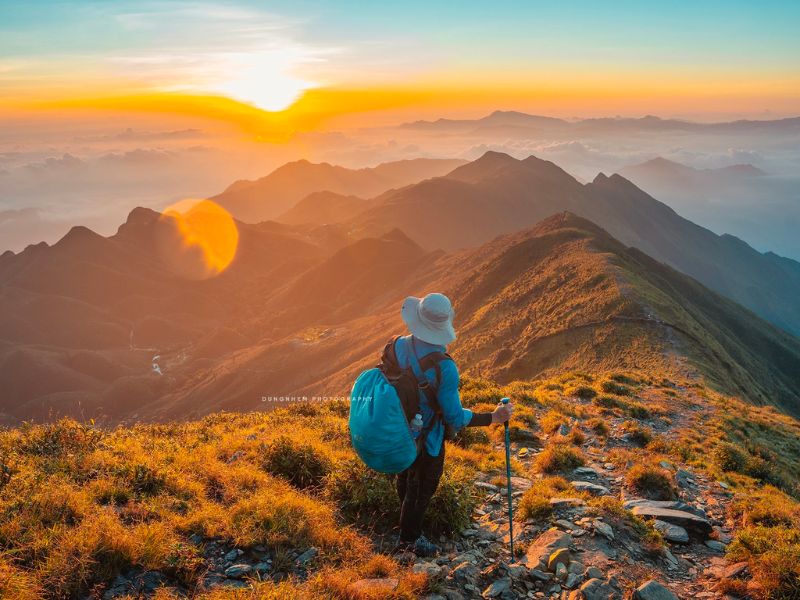 |
Outdoor activities and adventure sports
For those seeking outdoor activities and adventures, Vietnam offers a wealth of opportunities to explore its diverse landscapes and natural wonders. In the north, travelers can trek through the terraced rice fields of Sapa, and Ha Giang, cycle through the picturesque countryside of Ninh Binh, or cruise on the emerald waters of Ha Long Bay.
Central Vietnam is renowned for its adventure sports, including surfing in Da Nang, kiteboarding in Mui Ne, and canyoning in Dalat. Meanwhile, in the south, visitors can kayak through the mangrove forests of the Mekong Delta, hike to remote waterfalls in Cat Tien National Park, or snorkel among colorful coral reefs off the coast of Phu Quoc. Whether you’re an adrenaline junkie or a nature enthusiast, Vietnam offers endless opportunities for outdoor exploration and adventure. So check the best time to visit Vietnam and plan your dream trip.
>> Best Time of Year to Visit Vietnam Cambodia and Thailand 2024, discovery here!
Tips for Planning Your Trip
When planning a trip to Vietnam, there are several important tips to consider to ensure a smooth and enjoyable experience. From booking accommodations to packing essentials, here’s an overview of key tips for planning your trip:
- Book accommodations and transportation in advance, especially during peak tourist seasons, to secure the best options and avoid last-minute hassles.
- Pack light and versatile clothing suitable for the tropical climate, including lightweight, breathable fabrics and comfortable walking shoes.
- Choose the best time to visit Vietnam, depending on your itinerary.
- Be mindful of Vietnam’s visa requirements and ensure you have the necessary documentation for entry into the country.
- Familiarize yourself with local customs and etiquette to show respect for Vietnamese culture and avoid unintentional offense.
- Stay hydrated and protect yourself from the sun by wearing sunscreen, sunglasses, and a wide-brimmed hat when exploring outdoor attractions.
- Carry a small amount of local currency (Vietnamese Dong) for small purchases and transactions, as many vendors may not accept credit cards.
- Stay connected with a local SIM card or portable Wi-Fi device to access maps, translations, and communication apps while traveling.
- Be flexible with your itinerary and embrace spontaneity, allowing for unexpected discoveries and experiences along the way.
- Respect the environment and local communities by practicing responsible tourism and minimizing your impact on natural resources and cultural sites.
In conclusion, Vietnam’s beauty is boundless, offering travelers a rich tapestry of experiences year-round. Choosing the best time to visit Vietnam is a personal decision that depends on your interests, preferences, and travel style. Whether you’re seeking sunshine and blue skies or cultural immersion and culinary delights, Vietnam has something to offer year-round. By considering factors such as weather, festivals, and outdoor activities, you can plan a trip that’s tailored to your desires and make memories that will last a lifetime.
–
For those eager to explore Vietnam’s wonders firsthand, Asia Encounter is your gateway to unforgettable adventures in this beautiful country. With a wide range of meticulously crafted tours and personalized itineraries, Asia Encounter offers travelers the opportunity to discover Vietnam’s hidden gems, immerse themselves in its vibrant culture, and forge unforgettable memories along the way. Let Asia Encounter be your guide as you embark on the journey of a lifetime in Vietnam and beyond. So pack your bags, book your tickets, and get ready to embark on the journey of a lifetime in Vietnam, where every season brings its own unique beauty and charm.

